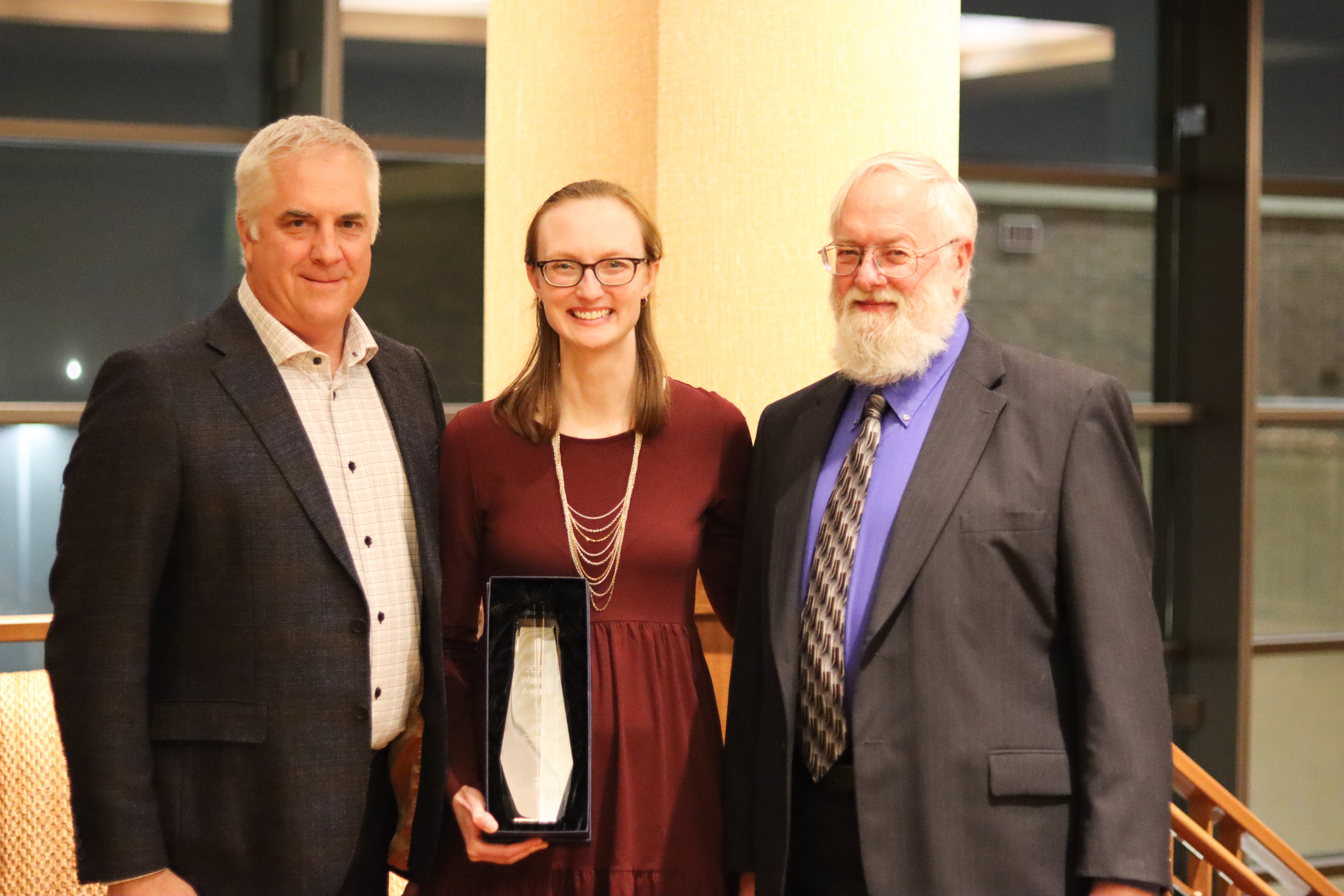Do you want to provide your employees and building occupants a safe place to go in the event of a tornado or other high-wind event? Adding a storm shelter to your new, or existing, facility will help you be prepared when severe weather strikes.
Storm Shelter Requirements
When designing storm shelters to protect a building’s occupants, designers and engineers utilize what is known as ICC 500, Standard for the Design and Construction of Storm Shelters. It is used as a guideline to meet the minimum design and construction requirements necessary.
ICC 500 requires a tornado shelter to be structurally adequate to resist 250 MPH winds as well as wind-driven and falling debris, which are the biggest dangers during a tornado or high-wind event. 250 MPH winds generate almost 8 times the force of typical wind conditions.
High winds can cause roofs to be lifted off their support walls. The support walls, which were braced by the roof, can then fall on the occupants inside. The progressive collapse also exposes occupants to dangerous wind-driven debris.
Building codes in some jurisdictions require critical emergency operations, such as 911 call centers, fire, rescue, ambulance and police facilities, to have storm shelters built into them. PreK-12 schools with an occupant load of more than 50 must have a storm shelter of sufficient size, to house all occupants, designed in accordance with the current code.
Level of Protection
You may have a designated shelter space in your facility, but it’s important to know if it was specifically designed to be a storm shelter. If the space wasn’t designed in accordance with ICC 500, it should be called a “best area of refuge” because the shelter structure may not survive a high-wind event and the occupants may not be protected to the level that a “storm shelter” label would imply.
Building designers and engineers can help evaluate your existing designated shelter area to assess its construction and location. They can also assist in planning and designing shelter upgrades including construction of a new storm shelter room.
Multi-Use Spaces
Storm shelters can be more than just unutilized space when constructed inside your facility. There are options for spaces to be multi-use—they can be designed as storm shelters, but also be used as restrooms, conference rooms, break rooms or locker rooms. If there is enough available height inside the building, the roof of the storm shelter can also serve as additional occupied space when a stair is provided.















